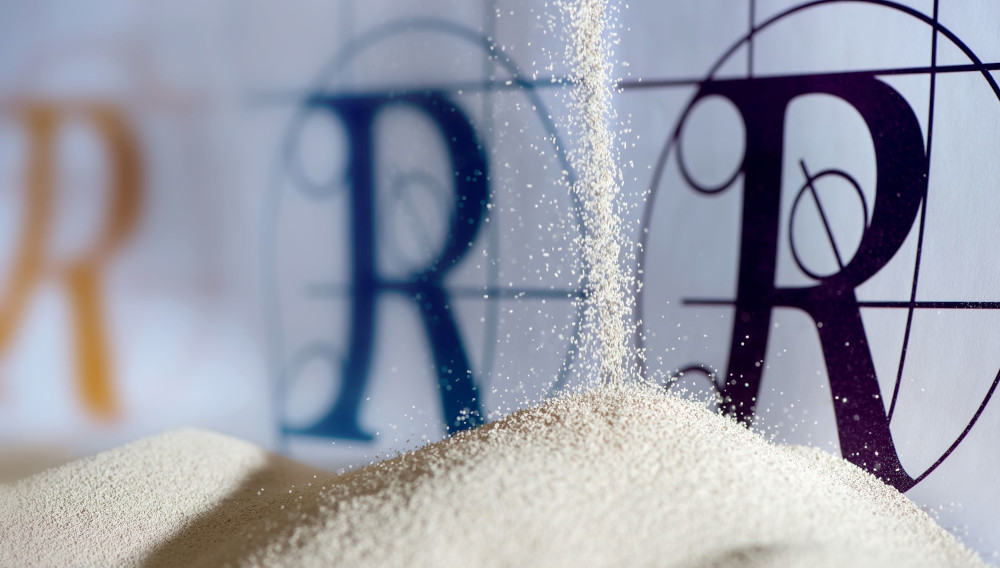New non-GMO breeding platform technology for creating novel lager yeast
Yeast breeding | Renaissance BioScience Corp., a leading global bioengineering company based in Vancouver, Canada, is pleased to officially announce the publication of a landmark paper on lager yeast development in the February 2021 issue of Applied and Environmental Microbiology (Volume 87, Issue 3).
“Industrially Applicable De Novo Lager Yeast Hybrids with a Unique Genome Architecture: Creation and Characterization,” by Turgeon et al, explains how the Renaissance research team developed an innovative approach in creating novel non-GMO lager yeast strains that are immediately suitable for lager beer production, and which will help broaden the diversity of commercial lager beer strains for both major global beer producers and smaller craft breweries.
For hundreds of years, lager beer has been produced using strains from two related lager yeast types: Group I and Group II. Although these groups are genetically different, they produce very similar flavour and aroma profiles, and thus play a role in the lack of diversity in commercial lager beer. To date, approaches aimed at creating new lager yeast have generated strains that possess undesirable brewing characteristics that render them commercially unviable. This novel approach circumvents the issue and allows for the creation of new lager strains that are directly suitable for lager production. The paper proposes that yeast created using this novel approach be classified as a third group of lager strains (Group III). It is available as an open-access article and can be viewed or downloaded from https://aem.asm.org/content/87/3/e02434-20.
The Renaissance approach was to breed the S. eubayanus subgenome from industrial lager strains and hybridize them to different ale strains, eliminating the need to breed undomesticated, wild S. eubayanus strains. This creates a number of beneficial results:
- None of the negative traits associated with using wild S. eubayanus are present.
- The genomic structure of the new Renaissance strains produced is unique compared to all known lager yeast – the authors propose that these novel strains form a third group of lager yeast (Group III).
- The new Renaissance strains now have a wider temperature tolerance range; this can increase their uses for different styles of beer, as well as improve propagation and the manufacturing of the yeast.
- Renaissance’s R&D team can significantly increase the diversity of lager yeast by using a wide variety of different parental strains, leading to optimization of lager yeast performance, an increase in the aroma and flavour diversity of lager strains, and the elimination of off-aromas.
- The Renaissance development approach is entirely non-GMO, relying entirely on yeast’s natural sexual reproduction.
Zachari Turgeon, Principal Scientist and the paper’s lead author, comments: “Our expert research and development team has developed an elegant and highly rigorous approach to developing lager strains that has significant potential to expand flavour profiles and improve the industrial efficiency of beermaking. In addition, the Renaissance platform approach could be combined with our patented hydrogen sulfide-preventing technology to reduce or even eliminate the off-aroma hydrogen sulfide, a common concern for lager beermakers everywhere, and this provides patent protection for any lager yeast innovations produced with our technology. We look forward to discussions with beer producers and master brewers about our paper and the Renaissance approach to yeast strain improvements.”
The research results will also be published in BRAUWELT International issue 2, 2021.
Keywords
breeding yeast brewing yeasts beer production aroma profiles
Source
BRAUWELT International 2021
Companies
- Renaissance Bioscience Corp., Vancouver, Kanada


